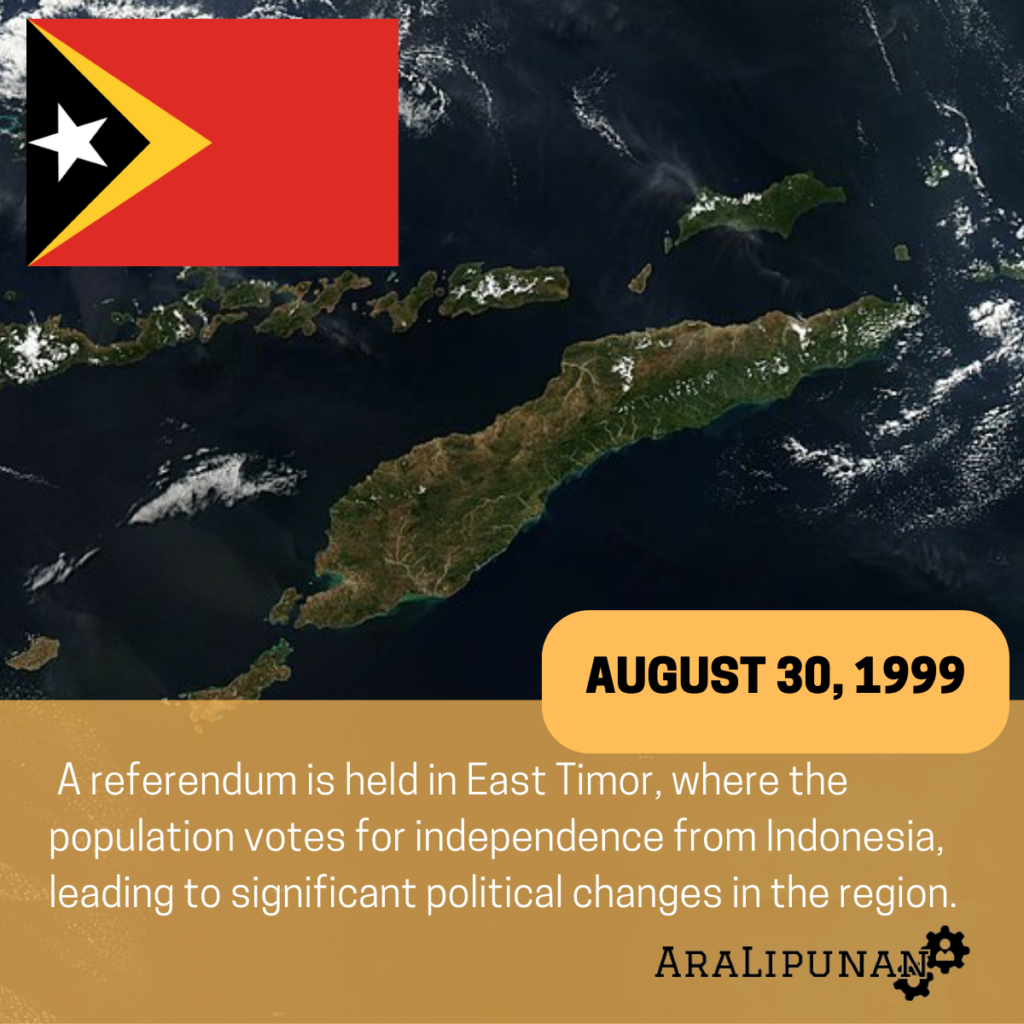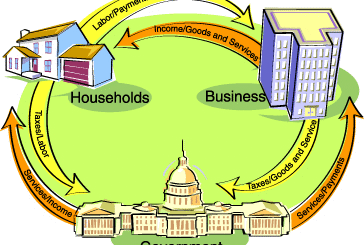East Timor’s Independence
East Timor, also known as Timor-Leste, achieved formal independence on May 20, 2002, after a long and tumultuous struggle characterized by foreign occupation, violence, and a significant push for self-determination.
Historical Context
East Timor was a Portuguese colony until 1975, when Portugal’s Carnation Revolution led to its withdrawal. This power vacuum was quickly filled by Indonesia, which invaded East Timor in December 1975, fearing the establishment of a communist state on its borders. The Indonesian occupation lasted for 24 years and was marked by severe human rights abuses, with estimates of up to 200,000 deaths due to conflict, famine, and repression during this period[1][3][4].
The resistance against Indonesian rule was spearheaded by various groups, notably the Revolutionary Front for an Independent East Timor (Fretilin) and its armed wing, Falintil. The 1991 Dili Massacre, where Indonesian troops killed hundreds of demonstrators, galvanized international attention and support for the East Timorese independence movement[1][3].
The Path to Independence
In 1998, following the resignation of Indonesian President Suharto, his successor, B. J. Habibie, permitted a referendum on East Timor’s future. On August 30, 1999, a UN-supervised vote resulted in 78.5% of the population choosing independence over special autonomy[1][3][4]. The aftermath was chaotic, with pro-Indonesian militias rampaging through the territory, leading to widespread violence and displacement. International intervention was prompted, and on September 20, 1999, a multinational peacekeeping force was deployed to restore order[1][3].
Following a transitional period under the United Nations, East Timor was officially recognized as an independent nation on May 20, 2002. This day is celebrated as the “Day of Restoration of Independence” in East Timor[1][2][4].
Post-Independence Developments
Since gaining independence, East Timor has faced numerous challenges, including political instability and economic difficulties. José Ramos-Horta, a prominent figure in the independence movement, has served as both president and prime minister, working towards national reconciliation and development[2][4]. The country remains a republic with a parliamentary system, and its capital is Dili.
East Timor’s journey to independence is a testament to the resilience of its people and their enduring quest for self-determination amidst adversity.
References:
[1] https://en.wikipedia.org/wiki/East_Timor_independence
[2] https://www.bbc.com/news/world-asia-pacific-14919009
[3] https://www.theguardian.com/world/2019/aug/30/east-timor-indonesias-invasion-and-the-long-road-to-independence
[4] https://www.britannica.com/place/East-Timor
[5] https://link.springer.com/chapter/10.1057/9780230109483_11
[6] https://www.spf.org/iina/en/articles/sakane_09.html
[7] https://theconversation.com/topics/east-timor-independence-75449
[8] https://muse.jhu.edu/pub/161/article/488365/pdf









